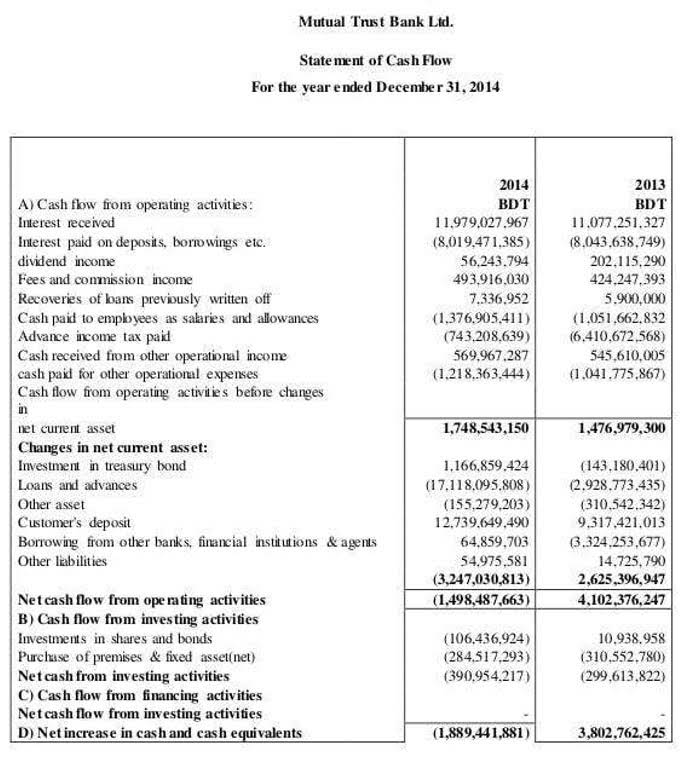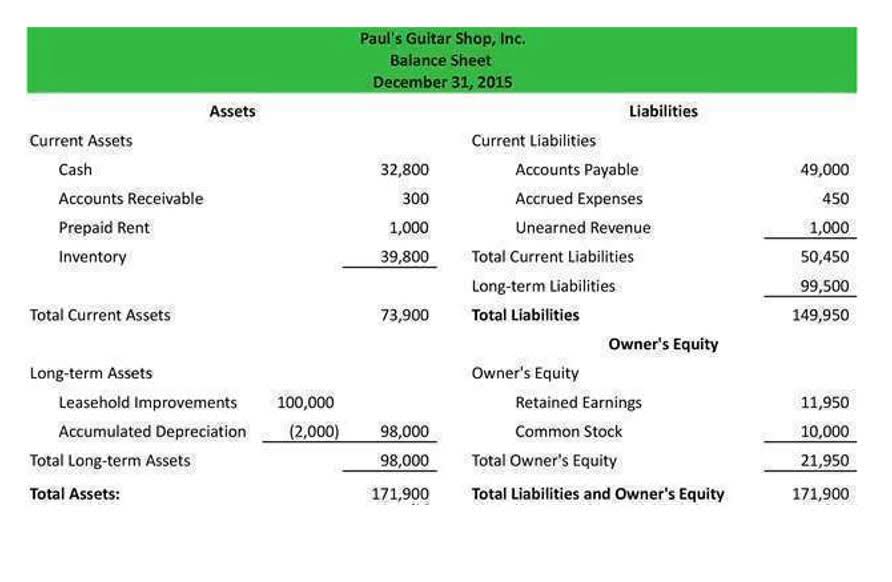
Drive for strokes of attention, we interact with others (Steiner, 1984). Transactional Analysts will then construct a diagram showing the ego states involved in a particular transaction. The transaction to the right shows a Parent – Child transaction, with the Child ego state providing the transactional stimulus, and the Adult responding with the transactional response. Before Berne first published his theories on Transactional Analysis, he spent years formulating the framework of this approach. The key to this methodology was a transaction – the fundamental unit of social intercourse. Berne also defined a stroke – the fundamental unit of social action (strokes are discussed in more detail later in this paper).

Parent Ego

The most commonly used valuation metrics in PTA are Enterprise Value (EV) to Revenue, EV to EBITDA, and Price to Earnings (P/E) ratio. These metrics are used to compare the valuation of the target company to the valuation of similar companies in previous transactions. Parent – The parent represents a massive collection of recordings in the brain of external events experienced or perceived in approximately the first five years of life. Since the majority of the external events experienced by a child are actions of the parent, the ego state was appropriately called Parent. Note that events perceived by the child from individuals that are NOT parents (but who are often in parent-like roles) are also recorded in the Parent.
- Transactional analysis (TA) is a widely recognized form of modern psychology.
- The three ego states correspond to people’s internal Parent, Child, and Adult models.
- Transactional analysis refers to the rewards of social interactions as strokes.
- If you’re interested in further exploring this topic, Berne’s book “Games People Play” is a foundational text.
- The core principle of TA is splitting the ego into three separate states.
Examination of the Data Gathered
It also served well as a therapy model for groups of patients, or marital/family counselees, where interpersonal (rather than intrapersonal) disturbances were the focus of treatment. The range of values enables investment bankers to negotiate a fair price for the target company and to make informed decisions about the transaction. Thus, when people interact with each other, the social transaction gets created which shows how people are responding and behaving with each other, the study of such transactions between people is called as the transactional analysis. This model was originally developed by Dr Eric Berne, who during his observation found that his patients behaved in a way as if several different people were inside them.

Quest for Recognition
Once a reasonable understanding of ego states and Transactional Analysis has been achieved, the games as described in Games People Play can be understood at a whole new level. One of the tools used by a Transactional Analysis practitioner is a structural diagram, as represented on the left. A structural diagram represents the complete personality of any individual.
Internal Family Systems Therapy
- Strokes can vary from actual physical stroking to praise, or just recognition” (Steiner, 1984).
- This exploration is not just an academic exercise; it is a voyage towards self-awareness and the profound realization that we are the architects of our own destiny.
- One example of this is that many men refuse to ever cry in public, because they learned during childhood that ‘boys don’t cry’.
- The general goal or motive of TA therapy is to strengthen the adult state of the client.
- It is important to note that when analyzing transactions, one must look beyond what is being said.
All transactions are initiated via the use of a transactional stimulus. When two individuals encounter each other and the receiver reacts in a manner related to the transactional stimulus, that individual has performed a transactional response. The key to successful person-to-person communication generally lies in identifying which ego state (in the speaker) initiated the transactional stimulus and which ego state (in the receiver) provided the transactional response. The methodology used in PTA involves gathering data from previous transactions of similar companies, selecting appropriate valuation metrics, analyzing the data, and interpreting the results.
Analysts who practice this form of therapy generally use a broad range of tools gathered from many disciplines including psychodynamic, cognitive behavioral, and relational therapies. His ideas for TA developed from Sigmund Freud’s psychoanalytic theory that childhood experiences greatly impact our lives as adults and are the basis for the development of our personalities and psychological or emotional issues that we suffer. PTA provides a comprehensive analysis of the value of a target company by considering multiple valuation metrics. gross vs net This enables investment bankers to have a more complete picture of the value of a company, allowing them to make more informed decisions. The first step in data gathering is to identify similar companies and transactions. This can be done by analyzing the industry, size, and market capitalization of the target company.


In the early transaction analysis accounting 1960s, he published both technical and popular accounts of his conclusions. His first full-length book on TA was published in 1961, titled Transactional Analysis in Psychotherapy.5 Structures and Dynamics of Organizations and Groups (1963) examined the same analysis in a broader context than one-on-one interaction. The transactions analyzed may not be transparent, and the information available may be incomplete or inaccurate. The data available for PTA is limited to public transactions, which may not be representative of the entire market.
Complementary Transactions
This involves comparing the valuation metrics of the target company to the valuation metrics of similar companies in previous transactions. In the context of Transactional Analysis (TA), “games” refer to a series https://www.bookstime.com/ of transactions between individuals that follow a predictable pattern and lead to a well-defined, often negative, outcome. These games are typically played unconsciously and serve to reinforce an individual’s life script, which is the unconscious life plan rooted in early childhood decisions. Individuals operating from the child ego state may exhibit characteristics of either or both aspects depending on their emotional triggers or past experiences.






